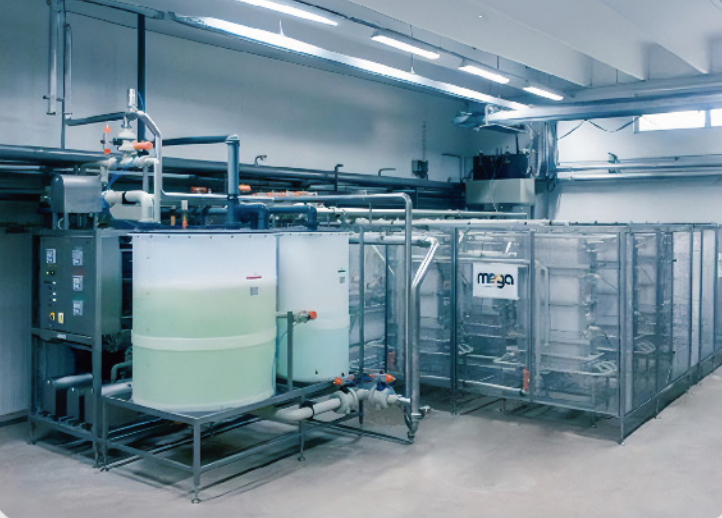Definition and classification of sewage
Sewage refers to the polluted water discharged from life and production. According to different classification standards, sewage can be divided into the following categories:
Domestic sewage: wastewater generated in daily life from homes, schools, commercial organizations, offices, etc., including bath water, laundry water, kitchen drainage, toilet flushing water, etc.
Industrial wastewater: It comes from various industrial production activities, including production wastewater, production sewage and cooling water, which may contain various toxic and harmful chemicals, heavy metal ions, high concentrations of organic matter, etc.
Agricultural wastewater: includes farmland runoff, pesticide and fertilizer residual water, aquaculture wastewater, etc. It contains plant nutrients such as nitrogen and phosphorus, and may also contain pesticide residues and pathogens.
Polluted precipitation: refers to the rain formed when pollutants in the atmosphere settle to the ground in the form of rainfall or snowfall, which contains pollutants such as particulate matter, acid rain components, and automobile exhaust.
Other special types of sewage: such as hospital wastewater, laboratory wastewater, construction site wastewater, etc., may contain a large number of complex pollutants such as pathogenic microorganisms, drug residues, and chemical reagents.
Describe in detail the specific sources and characteristics of each type of sewage
Domestic sewage:
Industrial wastewater: mainly comes from various industrial production activities, including production wastewater, production sewage and cooling water, which may contain various toxic and harmful chemicals, heavy metal ions, high concentrations of organic matter, etc.
Agricultural wastewater: includes farmland runoff, pesticide and fertilizer residual water, aquaculture wastewater, etc. It contains plant nutrients such as nitrogen and phosphorus, and may also contain some pesticide residues and pathogens.
Polluted precipitation: refers to the rain formed when pollutants in the atmosphere settle to the ground in the form of rain or snow, especially in urban areas because of the presence of particulate matter, acid rain components, automobile exhaust and other pollutants in the air.
Other special types of sewage: such as hospital wastewater, which may contain a large number of pathogenic microorganisms and drug residues; laboratory wastewater, which may contain complex pollutants such as chemical reagents and experimental waste; construction site wastewater, including mud, concrete cleaning water, etc.






